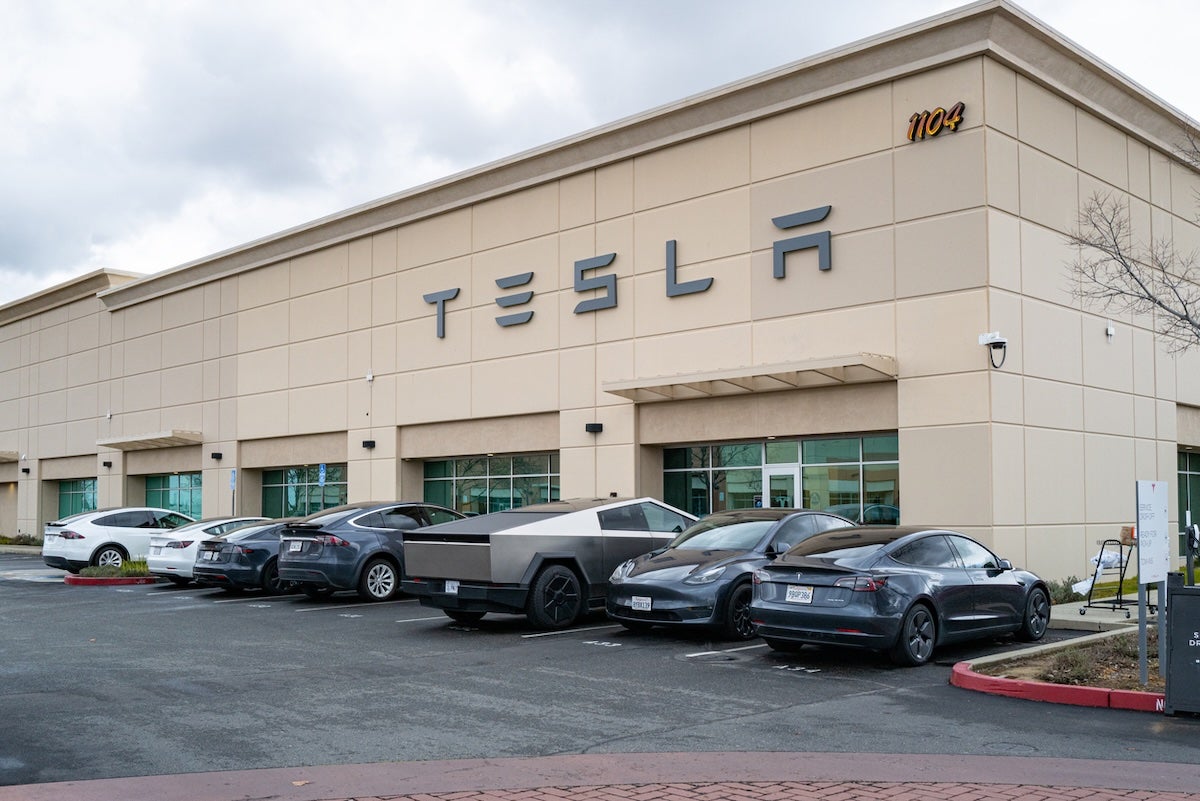On Tuesday of this week, Tesla announced a big change in their entry model lineup, with the reveal of a “standard” Model 3 and Model Y. These new standard models are what most people would call “base” model.
These models will come in only three colors: stealth gray is free of charge while pearl white and diamond black will cost $1,000 and $1,500 extra respectively. The interior designs are black cloth with no other options. The speakers in the audio system are reduced in number from the higher models as well.
These standard models have lower capacity batteries, coming in around 320 miles. Having only one motor pushing the rear wheels gives us a respectable 0-60 mph time at 5.8 seconds for Model 3 and 6.8 seconds for the heavier Model Y. Full self-driving is available as a $8,000 option, which is the same as any other Tesla product. The sound deadening insulation has been thinned and the suspension has been simplified, giving a possibility of a louder and harsher ride.
The price of the standard Model 3 will be $36,900 and the Model Y will be $39,900, which is about $5,000 cheaper than the next model up, the Premium Rear Wheel Drive. According to the online personal finance site Money Geek, the average price of a new car hit $48,841 in July, which makes the standard Tesla models competitive.
In the third quarter of this year Tesla sales have jumped over 7%, delivering 497,099 units. This uptick can be explained by buyers rushing to cash in on the now expired $7,500 tax credit for EVs. Sales for next quarter are predicted to be lower for all EV manufacturers due to the credit expiring.
Other manufacturers have been offering less equipped models as well as dropping prices. Hyundai has slashed the price of the Ioniq 5 by $9,800, making it just $170 more expensive than the Model Y, its direct competitor. GM is also coming out with some EV models that are expected to cost below $35,000.
While offering a cheaper version of the 3 and Y may lure some potential customers to the showroom, it can also cause some self-cannibalization. Tesla buyers may pick the cheaper model when they would have settled for a higher priced one, which can impact profits. It also cheapens the brand.
While Tesla isn’t exactly a “luxury” brand, it does have a reputation to withhold with buyers, and stripping down a product reduces the exclusivity. Think about what the disastrous Cadillac Cimmaron did to the image of Cadillac, which took decades to mend.
The EV market is a complicated one that can be boiled down to appealing to two buyers.
The first buyer is going to want all the bells and whistles. They will not flinch at dropping six figures on an EV, and companies such as Tesla, Rivian, and Lucid owe their existence to these “founding buyers” willing to take a chance on such a new technology. They want to be rewarded with having the best on the next car they purchase. These buyers have been courted by performance, technology and exclusivity.
The second buyer would be the entry level EV customer. They want something like the standard Model 3 or Y, which will get them where they need to go cheaply and reliably. These buyers have been driving economy cars for quite some time, and the standard Tesla will be a step up for them and a great introduction to battery only vehicles.
For years now car manufacturers have been making very expensive EVs, and it is nice to see someone step up to the plate to make them more acceptable to the average car buyer. I am expecting to see more companies follow this strategy if this proves to be successful. Only time will tell.
As for me, I will see you on the road!










